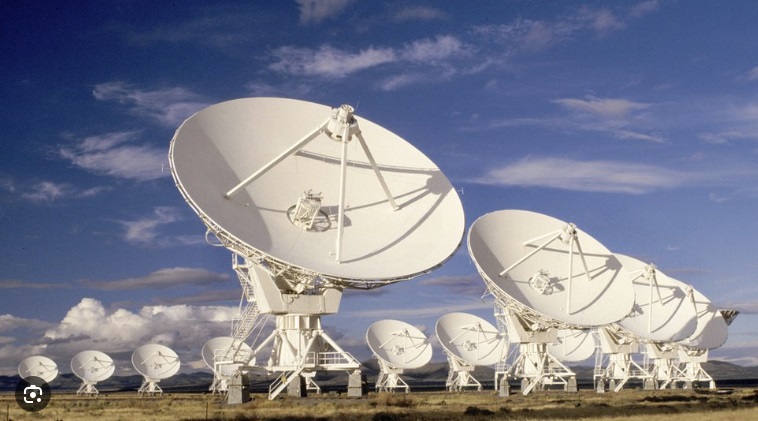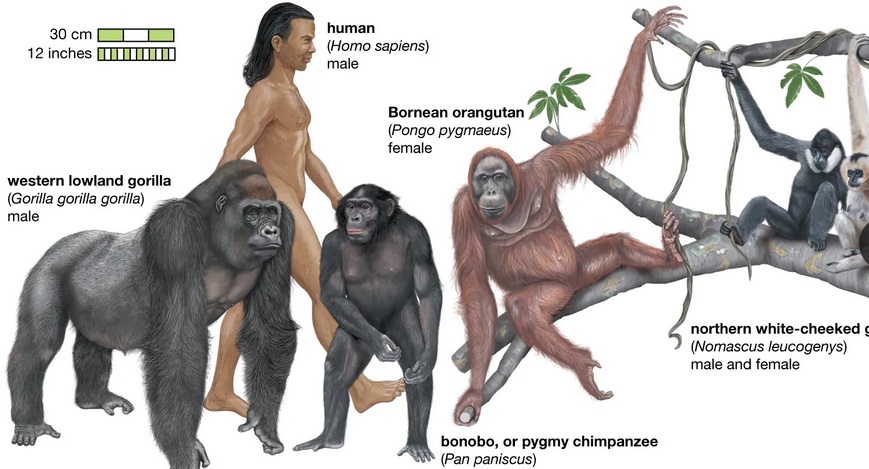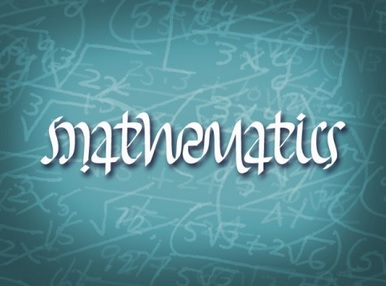To Know more how you can benefit from the Muslim Times, go to our Homepage or About Us page.

Written and collected by Zia H Shah MD, Chief Editor of the Muslim Times
When you gaze up at the night sky, through the veil of stars and the plane of the Milky Way close by, you can’t help but feel small before the grand abyss of the Universe that lies beyond. Even though nearly all of them are invisible to our eyes, our observable Universe, extending tens of billions of light years in all directions, contains a fantastically large number of galaxies within it.
Just how many galaxies are out there used to be a mystery, with estimates rising from the thousands to the millions to the billions, all as telescope technology improved. If we made the most straightforward estimate using today’s best technology, we’d state there are 170 billion galaxies in our Universe. But we know more than that, and our modern estimate is even grander: two trillion galaxies.[1]
In one study in 2016, astronomers examined the Hubble eXtreme Deep Field (XDF) – a small patch of sky imaged very deeply in ultraviolet, visible and infrared light – and a total of approximately 5,500 galaxies were found. If you scale this number by the number of such images it would take to cover the entire sky, you find that there would be about 176 billion galaxies visible in observations like these. However this is only a lower limit on the number of galaxies in the universe as there may be even more that are too small, too faint, too distant and/or are hidden behind gas and dust. Astronomers used computer simulations to both try and match what is seen with telescopes, and estimate how many more galaxies there may be. In this way they came up with the estimate of two trillion.[2]
There is a very intriguing verse in the holy Quran about number of earths and it is the last verse of Surah Talaq:
Allah is He, Who created seven heavens and of the earth a similar number. (Al Quran 65:12)
The title Surah Talaq means the chapter about divorce. It is an additional amazing fact that while giving teachings about reasonable divorce proceedings, Allah chooses to highlight His infinite Providence by talking about multiple earths and extraterrestrial life. The mention of seven earths here is interpreted not as the literal numeral seven, rather in Arabic it is also used a metaphor for a very large or an infinite number.
The language used in this verse is fairly specific and does not require any stretching on part of a believer like me. This you can attest for yourself by reviewing fifty different English translations of the Quran.
The conventional wisdom until the sixteenth century was that the universe is enclosed in a solid vault or firmament.

In this earth centric model of the universe, the outer most layer of the onion, as in the above picture, was firmament.
The ancient Hebrews, like all the ancient peoples of the Near East, believed the sky was a solid dome, the firmament, with the Sun, Moon, planets and stars embedded in it.[5]
The idea is very much present in the first chapter of Genesis in the Bible. Here it is from the King James Bible:
And God said, Let there be a firmament in the midst of the waters, and let it divide the waters from the waters.
And God made the firmament, and divided the waters which were under the firmament from the waters which were above the firmament: and it was so.
And God called the firmament Heaven. And the evening and the morning were the second day. (Genesis 1: 6-8)
Around the 4th to 3rd centuries BCE the Greeks, under the influence of Aristotle who argued that the heavens must be perfect and that a sphere was the perfect geometrical figure, exchanged this for a spherical Earth surrounded by solid spheres.
The model established by Aristotle became the dominant model in the Classical and Medieval world-view, and even when Copernicus placed the Sun at the center of the system he included an outer sphere that held the stars (and by having the earth rotate daily on its axis it allowed the firmament to be completely stationary). Tycho Brahe‘s studies of the nova of 1572 and the Comet of 1577 were the first major challenges to the idea that orbs existed as solid, incorruptible, material objects,[6] and in 1584 Giordano Bruno proposed a cosmology without a firmament: an infinite universe in which the stars are actually suns with their own planetary systems.[7] After Galileo began using a telescope to examine the sky it became harder to argue that the heavens were perfect, as Aristotelian philosophy required, and by 1630 the concept of solid orbs was no longer dominant.[6]
Yet, the Quran talks about the expanding universe in 7th century, which is examined in a separate article: The Quran and the Expanding Universe: Is This God Speaking or Muhammad?
It is in this background that we should examine that a scripture from 1400 years ago is talking about multiple earths. In a time when the audience hardly had any curiosity or understanding of such matters, as they knew very little about their one earth.
In light of the recent cosmological discoveries and this verse of the Quran, I think that our universe is teaming with habitable earths.
When we study the verses about multiple earths with the background information about Christendom and Aristotle and combine them with the verse talking about the expanding universe, the evidence is inescapable that the Quran is the word of All Knowing God and not of Muhammad, may peace be on him.
Additional reading and viewing
The Quran and the Breathtaking Universe: Is This God Speaking or Muhammad?
Why is the Quran a Sign or a Miracle, According to Itself?
How Even a Single Profound and True Revelation Defeats Materialism or Physicalism
The Quran and Creation Ex Nihilo: Is This God Speaking or Muhammad?






Leave a comment